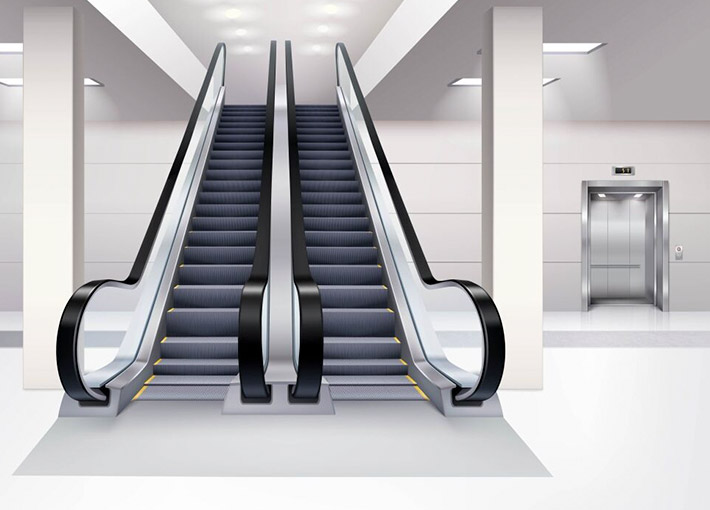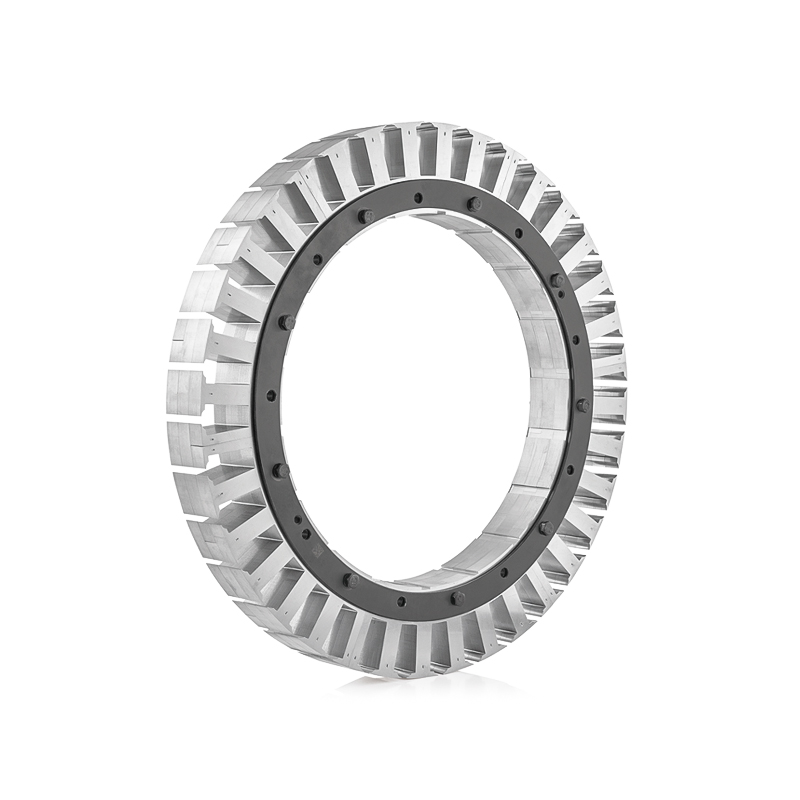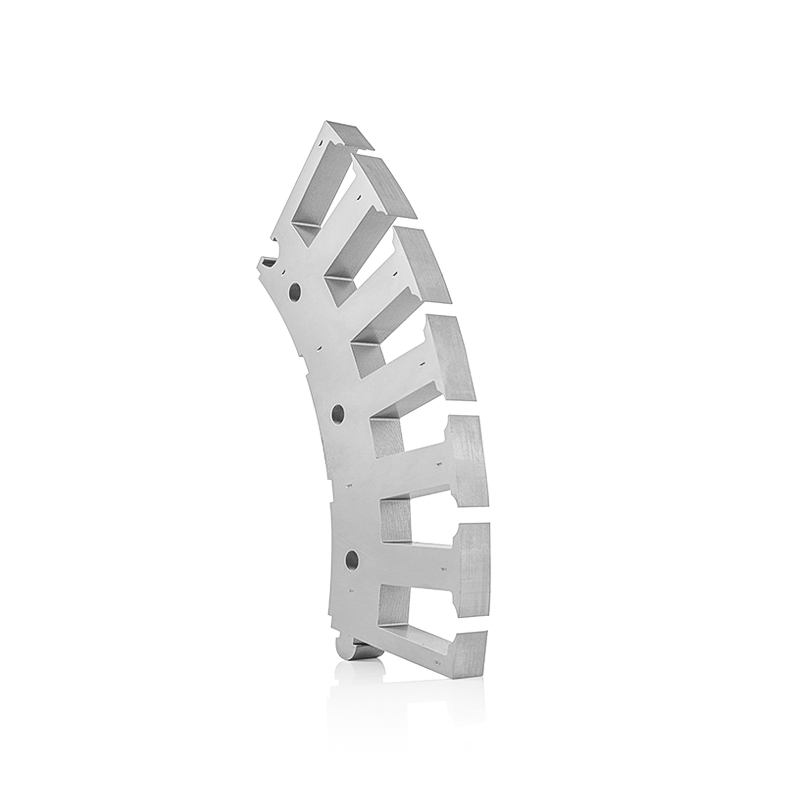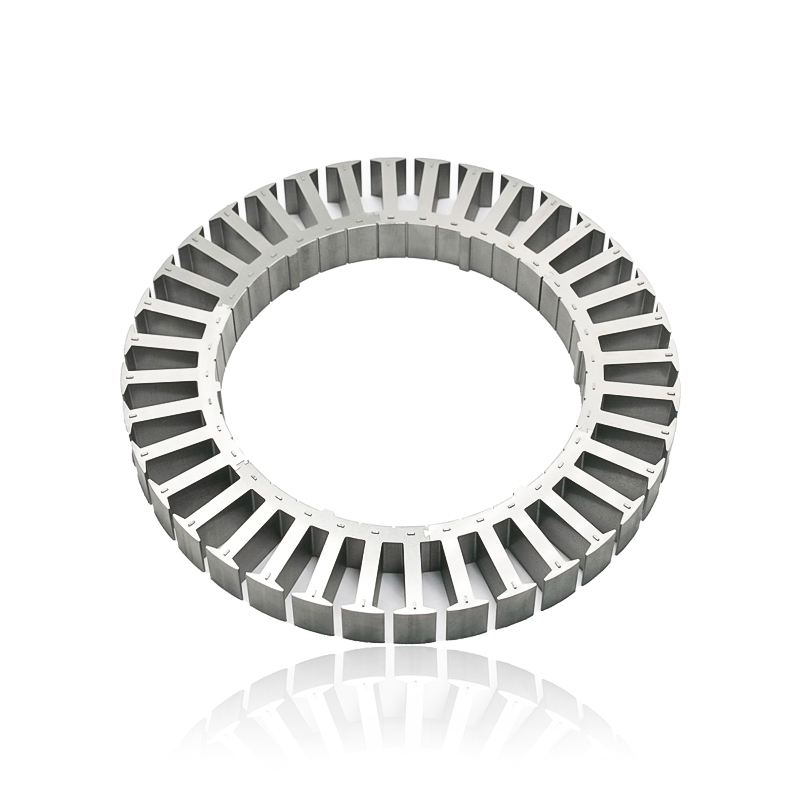520-350 Elevator Motor
Stator inner and outer diameter: 520-350 Number of stator slots: 36 slots ...
The elevator traction motor is a crucial component in the operation of modern elevators, responsible for converting electrical energy into mechanical energy to move the elevator cab. It consists of two main parts: the stator and the rotor core.
The stator is the stationary part of the motor, typically composed of a series of laminated steel sheets stacked together. These laminations reduce energy losses due to eddy currents and improve efficiency. The stator houses the windings through which electrical current flows, generating a magnetic field. This magnetic field interacts with the rotor, producing the torque necessary to drive the elevator.
The rotor core, on the other hand, is the rotating part of the motor. It is also made from laminated steel, which helps to minimize losses and enhance performance. The rotor typically has conductive bars or coils that allow it to react to the magnetic field generated by the stator. As the magnetic field fluctuates, it induces currents in the rotor, causing it to turn and, in turn, drive the elevator mechanism.
Together, the stator and rotor core work in harmony to ensure smooth and efficient operation of the elevator, providing reliable transportation within buildings. The design and materials used in both components play a significant role in the motor's overall performance, durability, and energy efficiency.


Stator inner and outer diameter: 520-350 Number of stator slots: 36 slots ...

Stator inner and outer diameter: 520-350 Number of stator slots: 36 slots ...

1. Eddy Current Formation and Its Impact on Efficiency Eddy currents are induced in the Rail Transit Motor Stator Core of the motor when the alternating magnetic field fluctuates, creating circulating currents within the conductive material of the stator. These currents flow in closed loops and gene...
View MoreSlot Geometry and Magnetic Flux Concentration: The geometry of the slots in Servo Motor Stator and Rotor Core—including their width, depth, and shape—plays a crucial role in determining how magnetic flux is distributed throughout the core. Narrow, deep, or improperly shaped slots can create locali...
View MoreReduction of Eddy Current Losses The lamination thickness in Automotive Motor Stator and Rotor Cores is a primary determinant of eddy current magnitude because eddy currents form closed loops within the conductive core material in response to alternating magnetic fields. When laminations are thick, ...
View More